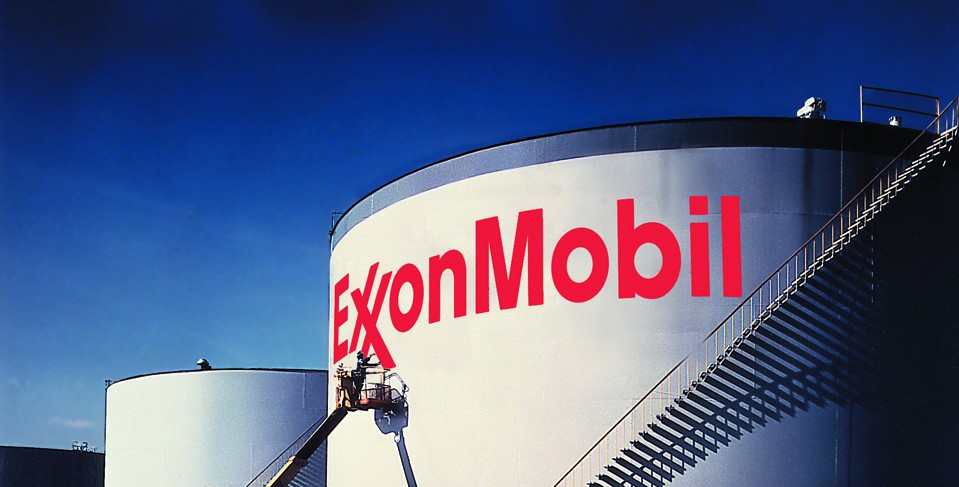Giant Oil Corporation, Exxon Mobil Corp (XOM.N) is pushing deeper into energy trading, building a global cadre of experienced traders and beefing up risk-management systems to lift profit, according to executive recruiters and people familiar with the business.
The development is a sea change for a company that has stood out from rivals by limiting its past activity out of concern it would be accused of market manipulation, Reuters reports.
Exxon now aims to trade around more of its growing energy assets to get the best prices for its products and increase earnings, according to an employee familiar with the matter.
Expanded trading could add hundreds of millions of dollars to annual earnings from its own buying and selling of crude and fuels, but also comes with problems, including higher risk. Exxon (XOM.N) expects to add 1 million barrels per day of output over the next several years as new oilfields and refinery expansions kick in, giving it more assets to trade.
Exxon last year retained John Masek, a former trader at Swiss-based Glencore (GLEN.L), the world’s second largest buyer and seller of petroleum, to consult on gasoline trading. Earlier this year, it poached four gasoline market specialists from refiner Phillips 66 (PSX.N).
This month, Exxon hired former BHP Billiton Plc (BLT.L) trader Nelson Lee as an international crude trader, the people familiar with the matter said. In 2014, Lee orchestrated BHP’s first-ever crude exports by maintaining the lightly refined oil met criteria for an exportable product. The deals helped usher in the end to a U.S. prohibition on crude exports more than a year later.
The company has also added crude, products and liquefied natural gas specialists to London and Singapore offices. It recently hired Paul Butcher, a trader who has worked at BP Plc (BP.L), Glencore and Vitol , to advise on North Sea markets and accounting for trading transactions.
Exxon spokesman Scott Silvestri referred questions about its trading business and recent hiring to regulatory filings, which note the historical use of financial derivatives and geographic scale to manage commodity price risks.














